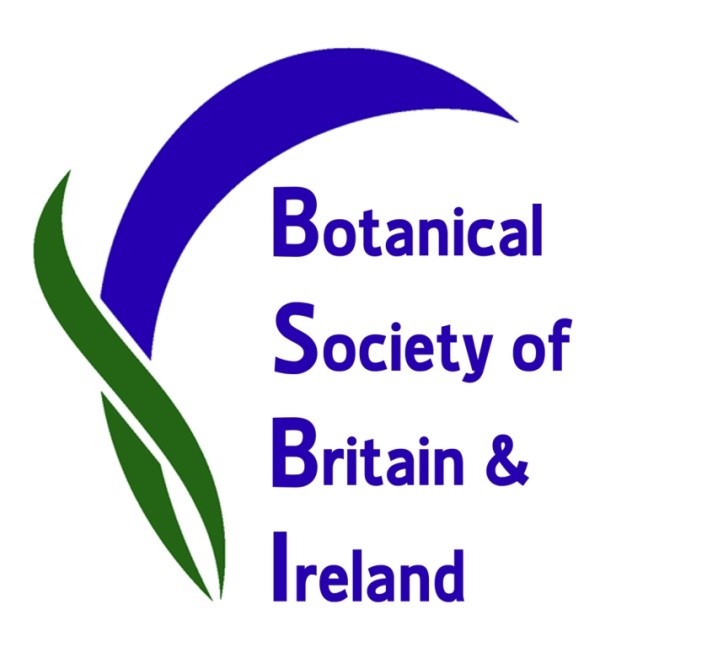Dumfriesshire Botany Group at Barr and Wauk Hill, 20th August 2020
On a windy and showery day following government guidelines six of us met from 5 households, with no car sharing allowed between households.
Ranald had arranged access for us which was kindly granted by Robert Gladstone with parking opposite Barr Farm. Access to the open ground on Barr Hill was via a short section of hill track and then up through plantations. At the start by the parking area Ranald showed us a grassy bank on which he had photographed Heath Fragrant Orchid, Gymnadenia borealis earlier in the year and there were many dried heads of the orchid still evident.
Access to the open hill above the plantations was over a substantial stane dyke. Indeed the two hills are sectioned up by very substantial dykes that someone put a lot of effort into. The hills are covered with extensive heather moorland or areas of bracken. They also have numerous springs and burns coming down the north and east facing slope making some extensive areas of mineral enriched flushed ground. These in particular had interesting species.
On Barr Hill carpets of Heather Calluna vulgaris were accompanied by a few typical heath species such a Heath Grass Danthonia decumbens, Velvet Bent Agrostis canina, Heath Bedstraw Galium saxatile and Tormentil Potentilla erecta. In a few places Stag’s-horn Clubmoss Lycopodium clavatum was found under the heather.
Down on wetter ground across the whole hill we found a lot of Grass-of-Parnassus Parnassia palustris usually accompanied by the small white flowered Scottish Eyebright Euphrasia scottica which likes these mineral enriched seepages. Marsh Pennywort Hydrocotyl vulgaris was also ever present in this kind of habitat across the moor. The burn that runs down between Barr Hill and Wauk hill eventually becomes Penfillan Burn. This was fed by seepage coming off the slopes of Wauk Hill in particular and here there were extensive areas of Broad-leaved Cottongrass Eriophorum latifolium is a sure sign of enhanced mineral conditions. Typical plants in these conditions which we saw are Tawny Sedge Carex hostiana, Flea sedge Carex pulicaris, the small Few-flowered Spike-rush Eleocharis quinqueflora, Butterwort Pinguicula vulgaris and Lesser Clubmoss Selaginella selaginoides. The best find on the day though was Lesser Bladderwort Utricularia minor. Only the one flower was seen growing in a little seepage and without the flower we would not have noticed the tiny threads of leaves in the silt. This becomes the 4th post 2000 record for this species in Dumfriesshire and the first record for NX89.
As we reached the lower part of the hill the gradient flattened and the habitat changed to a wetter fen. Here there were plants liking the impeded drainage like Bogbean Menyanthes trifoliata, Marsh Cinquefoil Comarum palustre, Bog Pondweed Potamogeton polygonifolius and Bottle sedge Carex rostrata.
From here we moved into a second monad and recorded many of the same species from very nice flushed ground. At the bottom of Waterside Moor part of the Bush Burn appears to have been diverted to flow into a series of ponds. Here we found a few new things typical of standing water including Water-purslane Lythrum portula, Water-pepper Persicaria hydropiper, Marsh Marigold Caltha palustris and Common Spike-rush Eleocharis palustris.
Despite searching and finding suitable conditions we did not refind Bog Orchid Hammarbya paludosa. This was last seen on these hills in 1973 and may still be there as there remains much good habitat.
Chris Miles
BSBI county recorder for Dumfriesshire VC73 – see bsbi.org/dumfriesshire

